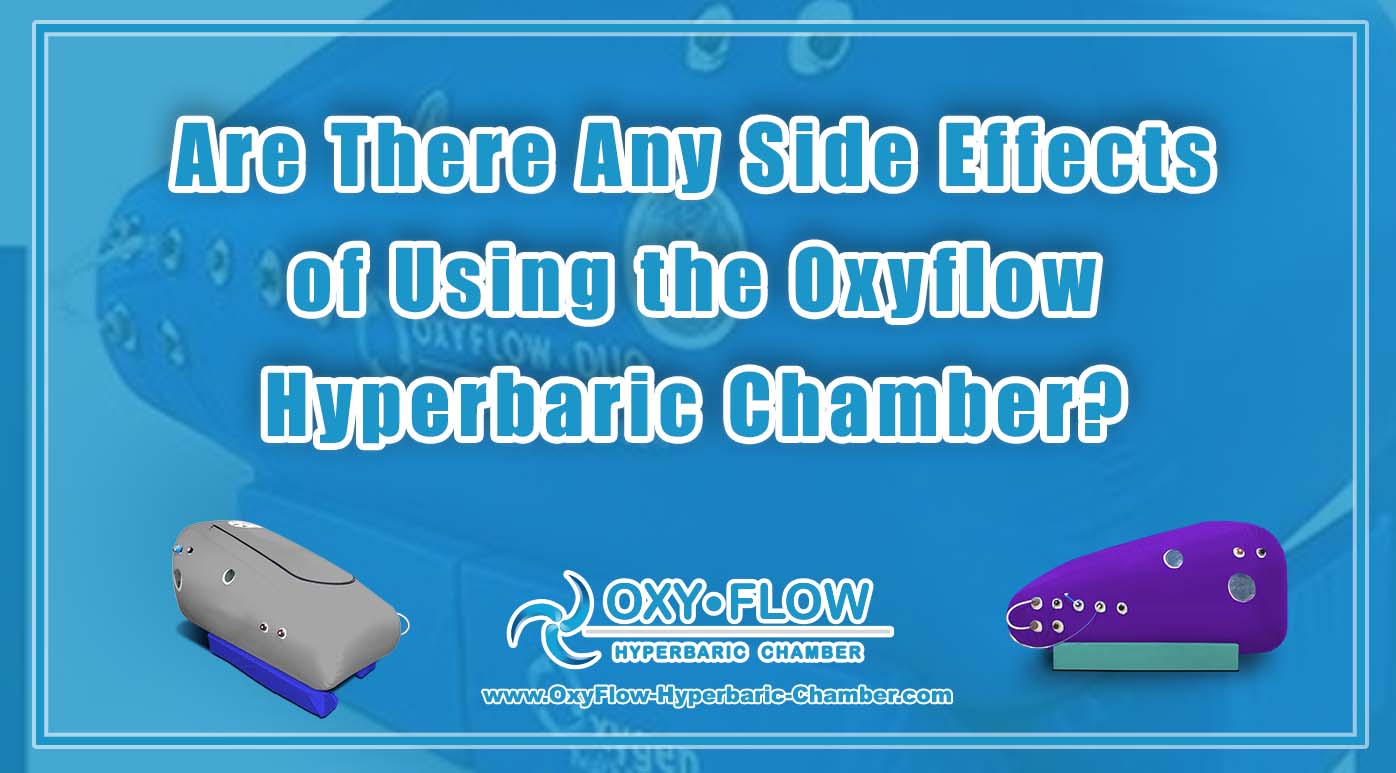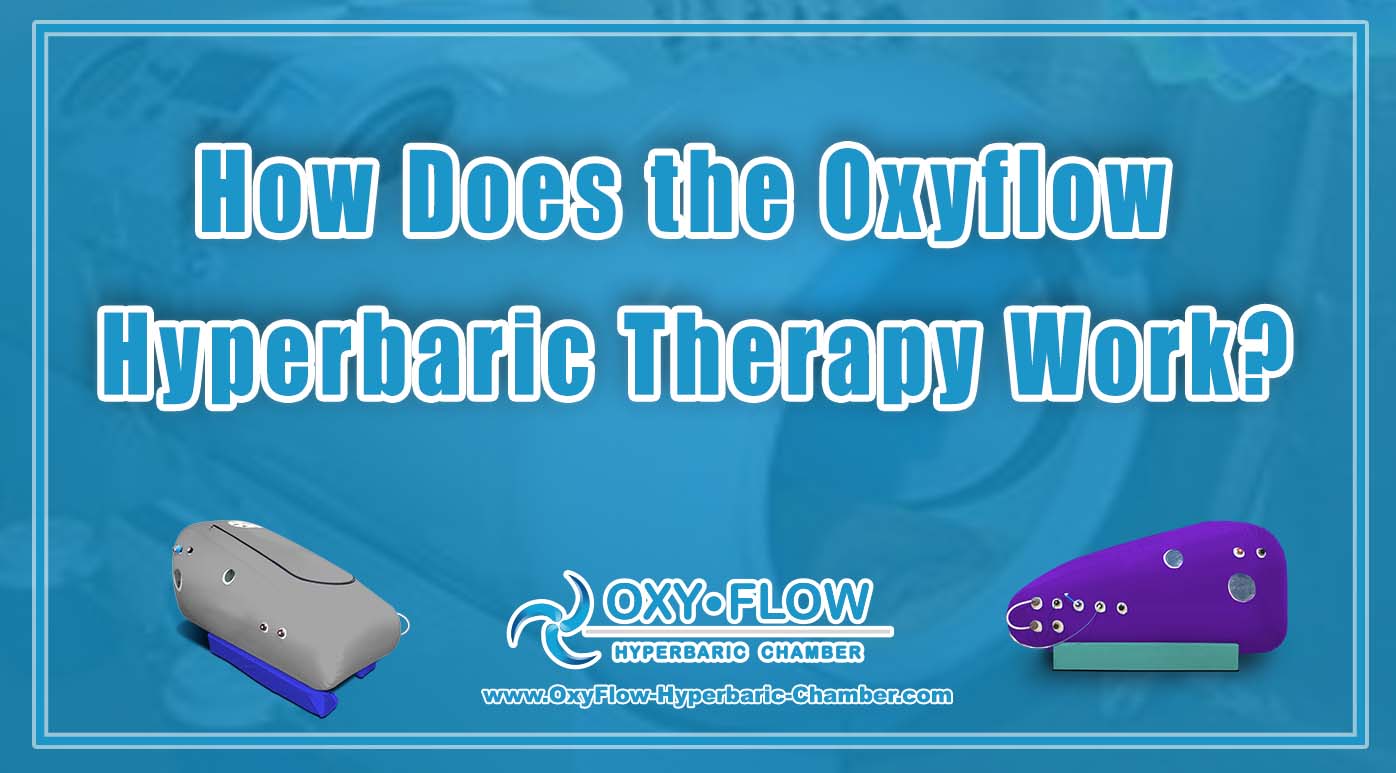
Any Side Effects of Using the Oxyflow Hyperbaric Chamber?
Any Side Effects of Using the Oxyflow Hyperbaric Chamber?

Introduction.
The Oxyflow Hyperbaric Chamber has gained popularity as a therapy that delivers oxygen at higher pressures, potentially offering a range of health benefits. However, like any medical treatment, it’s essential to understand the potential side effects. In this article, we’ll explore the world of hyperbaric oxygen therapy (HBOT) and discuss any associated side effects to help you make an informed decision about its use.
Understanding Hyperbaric Oxygen Therapy (HBOT).
Before we delve into the potential side effects, let’s grasp the basics of HBOT:
1. Increased Oxygen Levels.
HBOT involves breathing pure oxygen in a pressurized chamber, which allows your lungs to take in more oxygen than they can at normal atmospheric pressure.
2. Medical Applications.
HBOT is used for various medical conditions, including decompression sickness, wound healing, and certain neurological conditions.
3. Treatment Sessions.
HBOT is typically administered in a series of sessions, and each session can last anywhere from 30 minutes to 2 hours.
Potential Side Effects.
While HBOT is generally considered safe, there are some potential side effects to be aware of:
1. Barotrauma.
Changes in pressure can affect your ears and sinuses, potentially leading to barotrauma. This may cause ear pain, sinus discomfort, or even a ruptured eardrum.
2. Oxygen Toxicity.
Prolonged exposure to high levels of oxygen can lead to oxygen toxicity, which may result in symptoms such as chest pain, breathing difficulties, and seizures. However, these effects are rare during standard HBOT sessions.
3. Claustrophobia.
Being inside a pressurized chamber can trigger feelings of claustrophobia in some individuals. It’s important to discuss these concerns with your healthcare provider before starting HBOT.
Reducing Risks and Ensuring Safety.
HBOT can be safe and effective when administered by trained professionals and in inappropriate medical contexts:
1. Qualified Providers.
Ensure that your HBOT sessions are conducted by qualified healthcare providers who can monitor your progress and address any concerns promptly.
2. Medical Assessment.
Before starting HBOT, undergo a thorough medical assessment to identify any contraindications or specific precautions that need to be taken into account.
3. Communication.
Open communication with your healthcare provider is crucial. Discuss any existing health conditions, medications, or concerns you may have.
Conclusion.
The Oxyflow Hyperbaric Chamber and hyperbaric oxygen therapy offer potential benefits for various medical conditions. While there are potential side effects associated with HBOT, they are typically rare and can be minimized through proper administration and medical oversight. Before considering HBOT, it’s essential to consult with a healthcare provider who can assess your suitability for the therapy and ensure your safety throughout the treatment process. With the right precautions in place, HBOT can be a valuable tool in your journey toward improved health and well-being.


